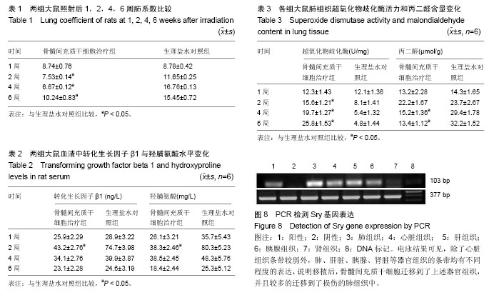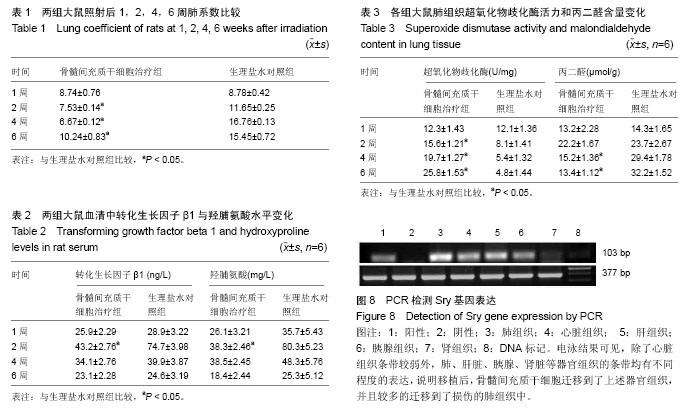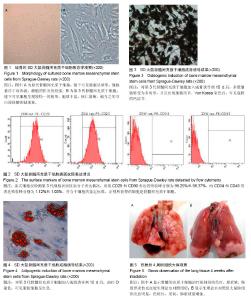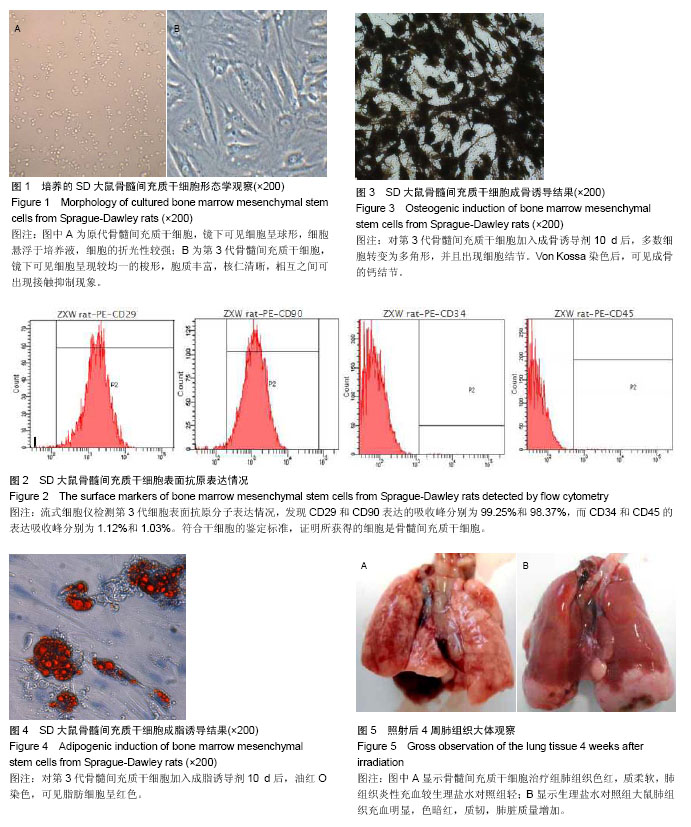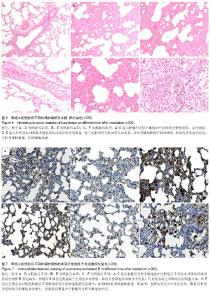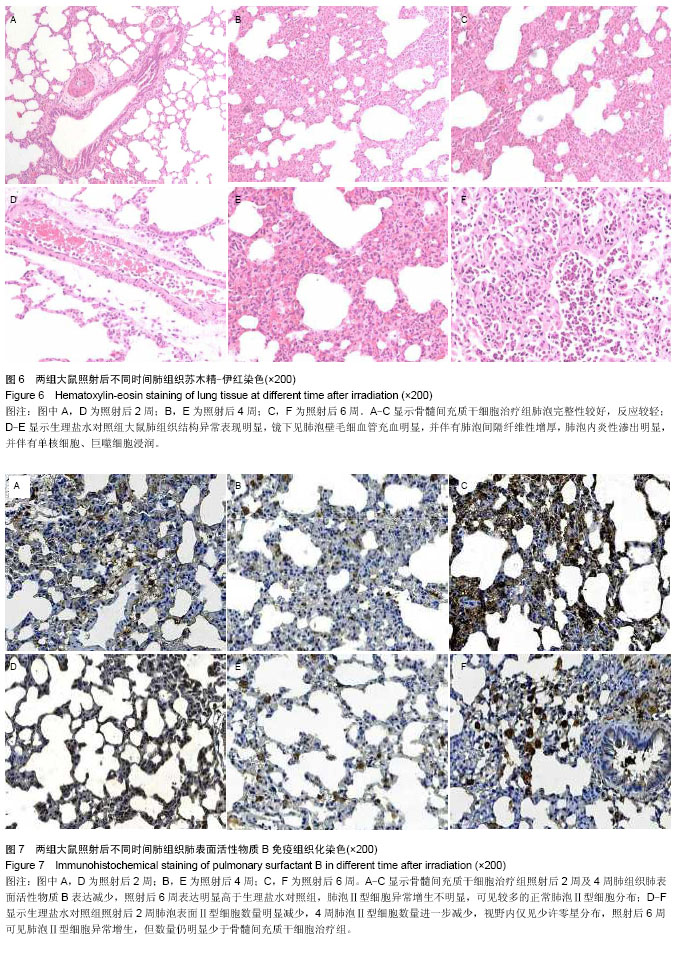| [1] Kotton DN, Summer R, Fine A.Lung stem cells: new paradigms. Exp Hematol. 2004;32(4):340-343.
[2] Kotton DN, Ma BY, Cardoso WV,et al.Bone marrow-derived cells as progenitors of lung alveolar epithelium.Development. 2001;128(24):5181-5188.
[3] Moon Y, Lee M, Yang H.Involvement of early growth response gene 1 in the modulation of microsomal prostaglandin E synthase 1 by epigallocatechin gallate in A549 human pulmonary epithelial cells.Biochem Pharmacol. 2007;73(1): 125-135.
[4] Lee IT, Lin CC, Lee CY,et al.Protective effects of (-)-epigallocatechin-3-gallate against TNF-α-induced lung inflammation via ROS-dependent ICAM-1 inhibition.J Nutr Biochem. 2013;24(1):124-136.
[5] Tsoutsou PG, Koukourakis MI.Radiation pneumonitis and fibrosis: mechanisms underlying its pathogenesis and implications for future research.Int J Radiat Oncol Biol Phys. 2006;66(5):1281-1293.
[6] Chen Y, Williams J, Ding I,et al.Radiation pneumonitis and early circulatory cytokine markers.Semin Radiat Oncol. 2002;12(1 Suppl 1):26-33.
[7] Zhao F, Zhang YF, Liu YG,et al.Therapeutic effects of bone marrow-derived mesenchymal stem cells engraftment on bleomycin-induced lung injury in rats.Transplant Proc. 2008;40(5):1700-1705.
[8] Gauldie J, Bonniaud P, Sime P, et al.TGF-beta, Smad3 and the process of progressive fibrosis.Biochem Soc Trans. 2007; 35(Pt 4):661-664.
[9] Ziff M, Kivrick A, Dresner E,et al.Excretion of hydroxyproline in patients with rheumatic and non-rheumatic diseases.J Clin Invest. 1956;35(6):579-587.
[10] 金婧,董淑红,苏力,等.新生大鼠内毒素性急性肺损伤肺组织MDA、SOD和IL-10、IL-18的改变[J].新生儿科杂志,2004, 19(2):69-72.
[11] 廖欣,杨爱莲,杜少辉,等.牛珀至宝微丸对内毒素急性肺损伤MDA和SOD的影响[J].深圳中西医结合杂志,2006,16(4): 196-198.
[12] Hawkins AL, Jones RJ, Zehnbauer BA,et al.Fluorescence in situ hybridization to determine engraftment status after murine bone marrow transplant.Cancer Genet Cytogenet. 1992;64(2): 145-148.
[13] Yan XQ, Briddell R, Hartley C, et al.Mobilization of long-term hematopoietic reconstituting cells in mice by the combination of stem cell factor plus granulocyte colony-stimulating factor. Blood. 1994;84(3):795-799. |
